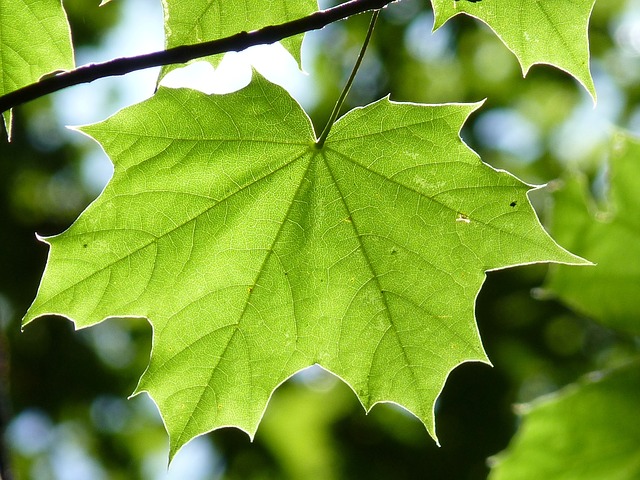AIM: TO LEARN ABOUT THE NATURE OF PLANTS
Plants fall into two categories:
1. Evergreen
2. Deciduous
| Deciduous |
| Evergreen |
Evergreen:
1. Pine tree
2. Magnolia
3. Pohutokawa
Deciduous;
1. Plum tree
2. Maple
3. Oak silver bush
Simple Compound |
LEAVES
Simple Compound |
Activity: Choose a leaf and do a leaf rubbing. Once you have done the rubbing, cut it out and glue it on the tree.
LEAF COLLECTION
1.
Plant type: Deciduous
Leaf type: Simple
Photo of leaf:


2.
Plant type: Evergreen
Leaf type: Compound
Photo of leaf:

Plant type: Deciduous
Leaf type: Simple
Photo of leaf:
4.
Plant type: Deciduous
Leaf type: Compound
Photo of leaf:
5.
Plant type: Evergreen
Leaf type: Simple / Compound
Photo of leaf:
 RESEARCH 3 TYPES OF PLANT GROUPS
RESEARCH 3 TYPES OF PLANT GROUPS
- Carnivorous plants
- Fruit trees
- NZ Native trees
Plant group:
Habitat: (Desert / beach / mountains / swamp / plains / forest)
Climate ( 1. Hot / warm / cold, 2. Rainy / dry 3. Windy / still )
Image:
Simple Compound |
